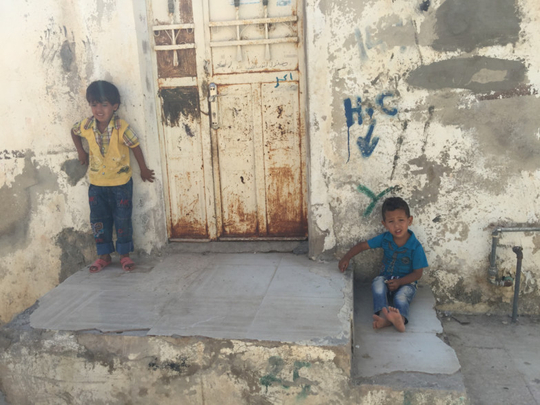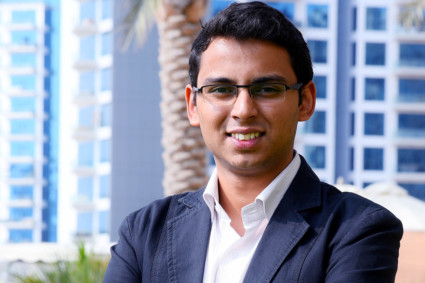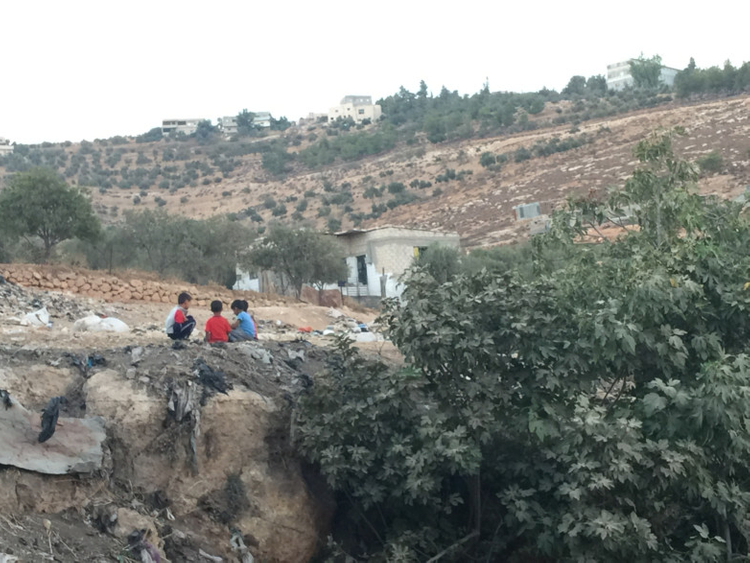
GAZA: The human cost of colossal wars leaves an indelible mark on our conscience. What separated and displaced families know as home is in memories and strewn photographs - both carried as heavy baggage to unfamiliar territories.
It was this air of intrigue and the inability to fully comprehend the nature of human suffering that led me to Gaza Refugee Camp - Jordan’s poorest settlement built for Gazans fleeing their homes in 1967. My vacation from work fused into an opportunity to volunteer and learn at this neighbourhood, and attempt to understand the lives of stateless refugees.
City of the stateless
I assisted a local NGO run by students and young professionals from Amman. Upon entering, I realised that the term ‘camp’ was a misnomer that casually entered normal parlance. Even its local name in the Arabic language, ‘Mukhayyam Gazza’, evokes images of flimsy tents. The space resembled a city with a poor plan, or rather the complete absence of it. The dusty and cramped alleys were dotted by houses built at awkward angles, with some convenience stores coming in as visual relief.
One of the compelling and unmistakable sights in the camp are the children. They make up for the lack of indoor space by frolicking in the open throughout the day, aloof to the challenges that run in the background. These were the camp’s second, some even third generation residents who were too young to reminisce about life that preceded the ‘Six Day War’, and not old enough to wonder what the future holds for them. I could not hold back the thought of Aylan Kurdi - the Syrian boy whose lifeless body on the seashore channelled the world’s attention towards a crisis brewing in his homeland. The children I met there were full of life, but only time would tell if their dreams bucked the trend and thrived on the wheels of confidence and hope. A reflection on our lives was also due. Caught in a web of complaints, we often take for granted the ability to trace our immediate history and define a future in the midst of calm and peace. I had the luxury to choose to visit a place that was, 49 years ago, the inevitable destination of more than 11,000 people.
Root of hope
My trip left me with hope and inspiration. As I walked around the camp and spoke with families, the NGO volunteers were inspecting projects launched to lift their socio-economic condition. It was, in the end, the youth who were juggling a day job to help families displaced by political manoeuvres of aged statesmen. An embarrassing flashback reminded how some of us use valuable time and skills - pictures of food and footwear uploaded on social media, generously sprinkled with contorted-faced selfies.
This old settlement holds one of the possible trajectories of the new crisis unfolding around us. It gives us a peek into the past as we observe the present - a living example of people marked by rootlessness but supported by the branches of hope.
As months roll by, political rhetoric surrounding refugees and immigrants will reach a fever pitch, and some people at the podium will rally for a wall. But Gaza camp taught me that only the bridge of understanding and empathy can make us better human beings, and extinguish our egos so that we collaborate and face the vagaries of life.













